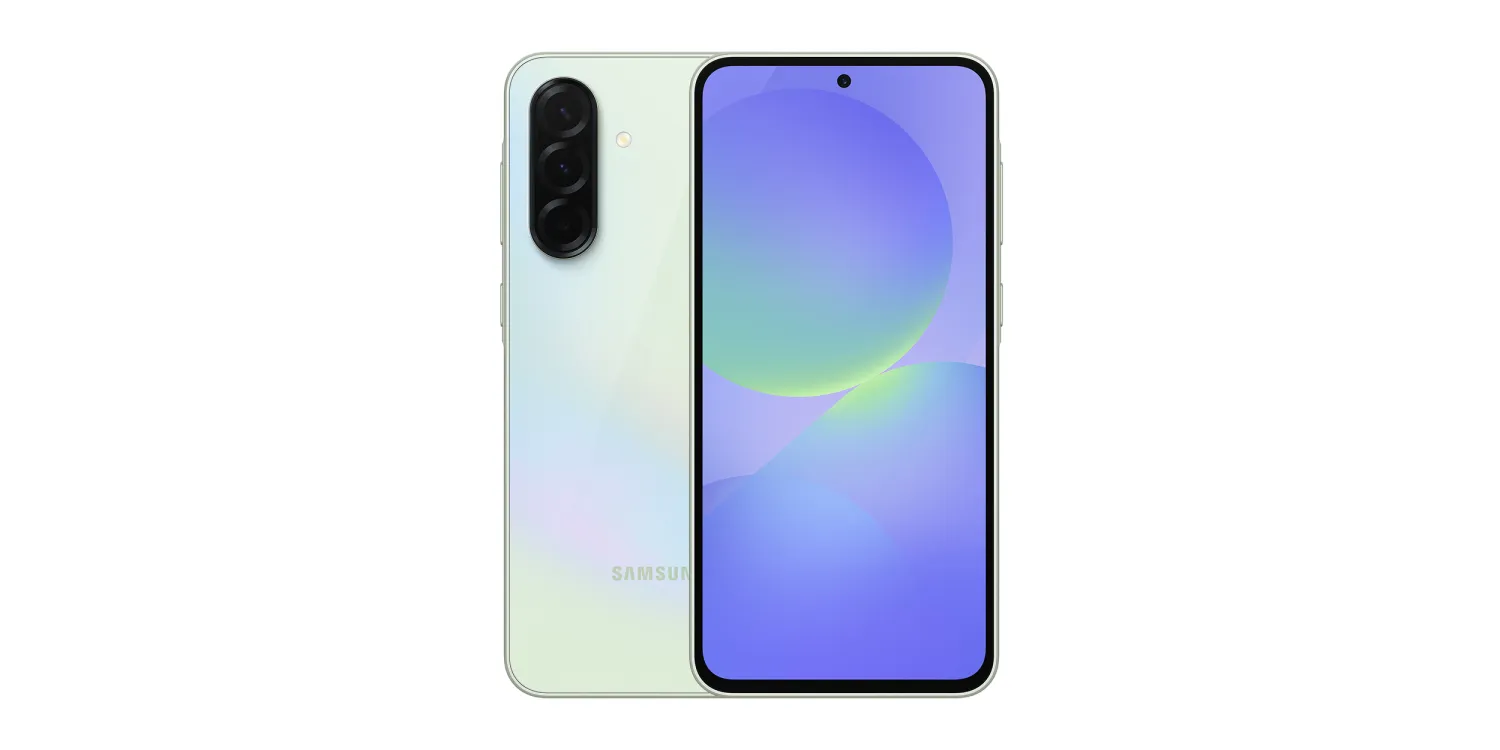In a significant shift within the Wear OS ecosystem, Google has recently restricted its Clock app’s compatibility exclusively to its Pixel Watch series, leaving other smartwatch brands without access to this application. This move has sparked discussions about Google’s strategic direction and its implications for the broader Wear OS community.
The Evolution of Google Clock on Wear OS
The Google Clock app has been a staple on Wear OS devices, offering essential functionalities such as alarms, timers, and stopwatches. Traditionally, this app was available for download across various smartwatch brands, allowing users to choose Google’s offering over the default clock applications provided by manufacturers like Samsung and OnePlus.
However, as of late September 2025, users began reporting issues when attempting to install the Google Clock app on non-Pixel smartwatches. Messages indicating that the app was not compatible with your device started appearing on devices such as the Samsung Galaxy Watch and OnePlus Watch. This change effectively limits the Google Clock app’s availability to the Pixel Watch lineup.
Material 3 Expressive Redesign and Its Implications
Coinciding with this compatibility shift, Google introduced the Material 3 Expressive redesign to the Clock app. This update brought refreshed icons and a modernized user interface, enhancing the visual appeal and user experience of the application. The redesign aligns with Google’s broader initiative to unify and elevate the aesthetic and functional standards of its applications across devices.
The timing of this redesign, coupled with the restriction of the app to Pixel Watches, suggests a strategic move by Google to create a more cohesive and exclusive ecosystem for its hardware products. By offering unique features and designs on its devices, Google may be aiming to differentiate the Pixel Watch from competitors and attract users seeking a distinct smartwatch experience.
Broader Trends in Google’s Wear OS Strategy
This development is not an isolated incident but part of a broader trend in Google’s approach to Wear OS applications. Earlier in September 2025, Google announced that its Weather app would no longer be available on Wear OS smartwatches other than the Pixel Watch starting with Wear OS 6. Such decisions indicate a deliberate strategy to reserve certain applications and features for Google’s own hardware, potentially enhancing the value proposition of the Pixel Watch series.
Additionally, the introduction of Gemini, Google’s AI assistant, to Wear OS devices has been a notable advancement. Initially unveiled in May 2025, Gemini began rolling out widely to Wear OS 4+ devices by July 2025. This AI assistant offers more natural-language processing capabilities and integrates with various Google services, providing users with a more seamless and intelligent experience. The integration of Gemini further exemplifies Google’s commitment to enhancing the functionality and appeal of its Wear OS platform.
Implications for Non-Pixel Wear OS Users
For users of non-Pixel Wear OS devices, these changes may lead to a sense of exclusion, as they lose access to certain Google-developed applications. While manufacturers like Samsung and OnePlus offer their own clock and weather applications, some users prefer Google’s versions for their design and integration with other Google services.
This shift may prompt users to reconsider their choice of smartwatch, especially if they value the unique features and applications that Google reserves for its Pixel Watch series. It also raises questions about the future openness of the Wear OS platform and whether other Google applications will follow a similar path of exclusivity.
Looking Ahead: The Future of Wear OS and Google’s Ecosystem
As Google continues to develop and refine its Wear OS platform, the balance between offering a unified experience across all devices and creating exclusive features for its hardware will be crucial. While exclusivity can drive hardware sales and brand loyalty, it may also alienate users who prefer a more open ecosystem.
For developers and manufacturers within the Wear OS community, these developments underscore the importance of creating compelling applications and features that can stand independently of Google’s offerings. It also highlights the need for clear communication from Google regarding its plans for application availability and platform openness.
In conclusion, Google’s decision to limit the availability of its Clock app to Pixel Watches marks a significant moment in the evolution of the Wear OS platform. It reflects a strategic move towards creating a more exclusive ecosystem for Google’s hardware products, with potential implications for users and manufacturers alike. As the wearable technology landscape continues to evolve, the interplay between hardware exclusivity and platform openness will remain a key area to watch.



